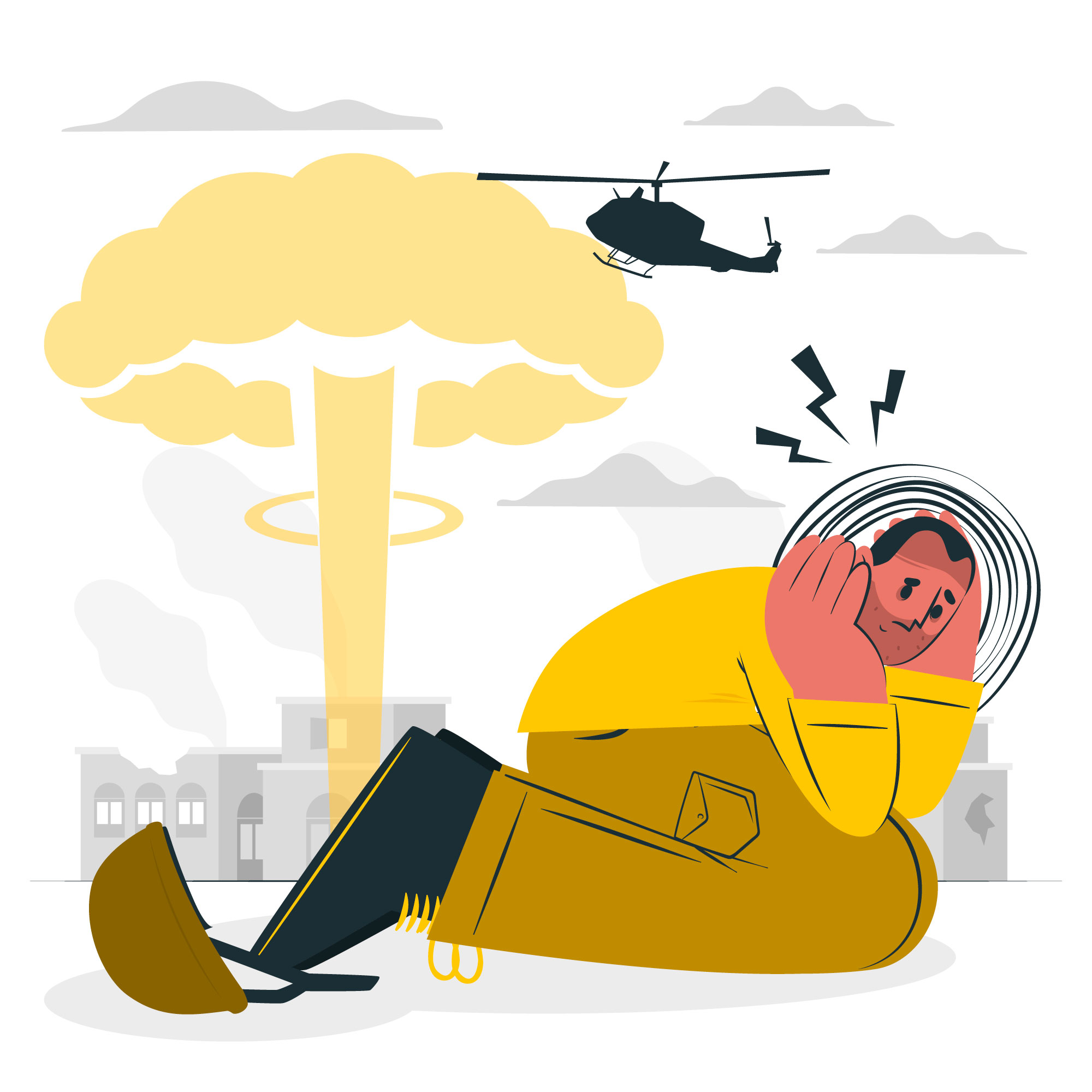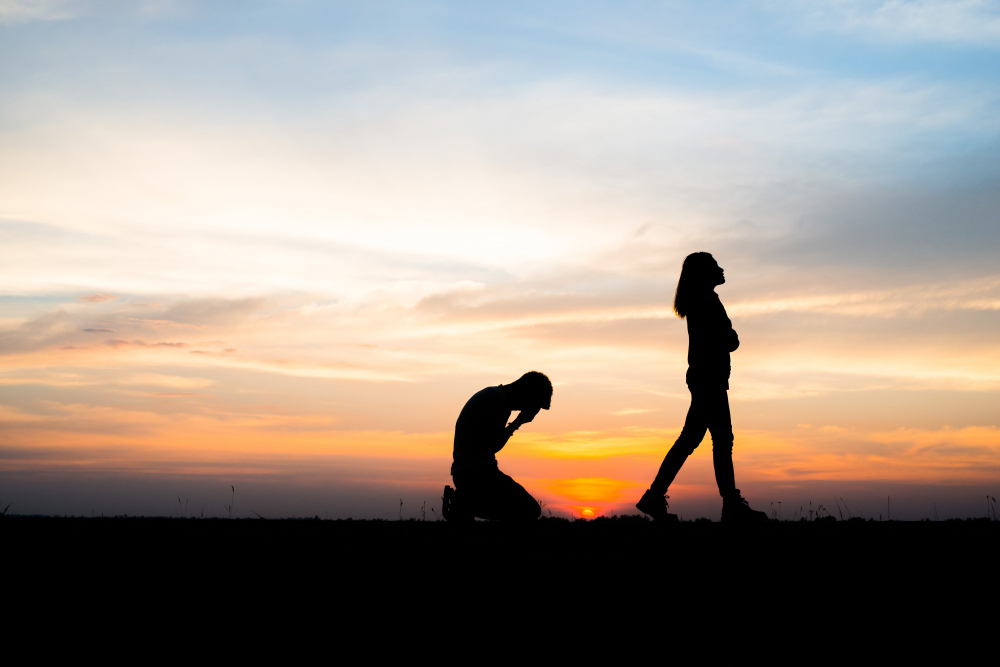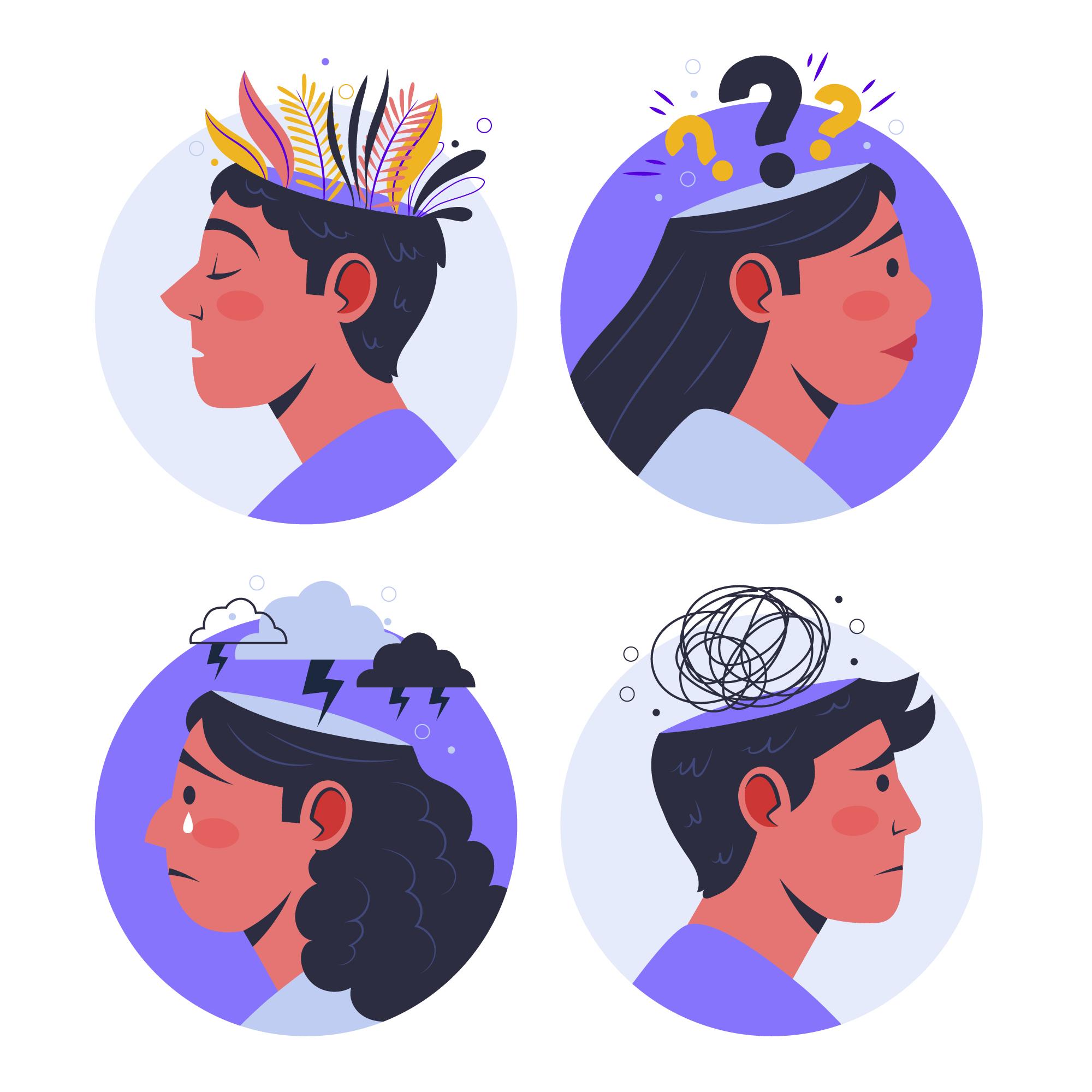Key Facts
- Prevalence: Around 10% of India’s population, particularly in urban areas, experiences significant social isolation, with higher rates among the elderly, students, and professionals.
- Impact on Mental Health: Social isolation is strongly linked to mental health conditions such as depression, anxiety, and cognitive decline.
- Pandemic Effect: The COVID19 pandemic exacerbated social isolation, leading to a surge in loneliness, stress, and mental health issues across all age groups.
- Age Group: The elderly and young adults (1830 years) are particularly vulnerable to the effects of social isolation in India.
- Consequences: Prolonged social isolation can lead to chronic loneliness, deteriorating physical health, and an increased risk of suicide.
Overview
Social isolation refers to a lack of social connections and meaningful interactions with others. In India, where community and family bonds traditionally play a significant role in people’s lives, social isolation is emerging as a growing concern. Factors such as urbanization, the breakdown of joint families, increased reliance on technology for communication, and the pressures of modern life contribute to social isolation. This phenomenon can lead to loneliness, a sense of disconnection, and a profound impact on mental health. While social isolation is often associated with the elderly, it increasingly affects younger populations, including students and working professionals. Addressing social isolation is critical to improving mental health and wellbeing in India.
Symptoms and Patterns
Social isolation manifests through various emotional, behavioral, and physical symptoms. Common indicators include:
- Emotional Symptoms: Feelings of loneliness, sadness, anxiety, and helplessness.
- Cognitive Symptoms: Difficulty concentrating, negative thinking, low selfworth, and a sense of meaninglessness.
- Physical Symptoms: Fatigue, sleep disturbances, weakened immune system, and poor physical health due to a lack of activity or selfcare.
- Behavioral Symptoms: Withdrawing from social activities, avoiding interactions, reluctance to seek help, and excessive use of digital platforms as a substitute for reallife connections.
- Patterns: Social isolation in India often occurs gradually, starting with reduced social interactions and eventually leading to complete withdrawal. The elderly may experience isolation due to the loss of a spouse or children moving away, while younger people may isolate themselves due to academic or professional pressures, or as a coping mechanism for stress.
Risks and Protective Factors
Risks:
- Urbanization: The shift towards nuclear families, migration for work or education, and the anonymity of urban life can lead to social isolation.
- Technology Overuse: Excessive reliance on social media and virtual interactions can create a false sense of connection while deepening realworld isolation.
- Elderly Population: The elderly are at a higher risk of social isolation due to retirement, physical health issues, and the loss of loved ones.
- Mental Health Stigma: Fear of judgment or discrimination may prevent individuals from seeking help, increasing their isolation.
- Cultural Changes: The erosion of traditional support systems, such as joint families and community networks, contributes to a rise in social isolation.
Protective Factors:
- Strong Social Networks: Maintaining close relationships with family and friends, and participating in community activities, can protect against social isolation.
- Cultural Practices: In India, cultural and religious gatherings often serve as important social connectors, reducing the risk of isolation.
- Mental Health Awareness: Increased awareness and acceptance of mental health issues can encourage individuals to seek help and reduce isolation.
- Community Support: Engaging in local community activities, volunteer work, or support groups can provide social interaction and a sense of belonging.
- Intergenerational Bonds: Encouraging interaction between different generations within families and communities can help reduce the isolation felt by both the elderly and the young.
Treatment and Care
Addressing social isolation in India requires a comprehensive approach that includes both individual and communitylevel interventions:
- Building Social Connections: Encouraging individuals to maintain or rebuild social ties through regular interactions with family, friends, and community members.
- Counseling and Therapy: Therapy can help individuals manage feelings of loneliness, improve social skills, and rebuild confidence to engage in social activities.
- Community Initiatives: Community centers, clubs, and NGOs can organize activities and support groups to foster social connections among isolated individuals.
- Technology for Connection: While excessive technology use can exacerbate isolation, it can also be a tool for connection when used mindfully. Virtual communities, social apps, and online therapy platforms can help bridge gaps for those physically isolated.
- Promoting Inclusivity: Creating inclusive environments in schools, workplaces, and communities that welcome individuals from diverse backgrounds can reduce isolation.
Medicines
Medication is generally not the primary treatment for social isolation, but it may be necessary if isolation leads to or exacerbates mental health conditions such as depression or anxiety. Common medications include:
- Antidepressants: SSRIs and other antidepressants may be prescribed to treat depression associated with chronic loneliness and social isolation.
- Anxiolytics: These medications can help manage acute anxiety symptoms that may arise from social interactions or the fear of social engagement.
- Sleep Aids: For those experiencing sleep disturbances due to loneliness or anxiety, shortterm use of sleep aids may be considered.
Note: Medications should be used under the guidance of a healthcare professional and ideally combined with psychosocial interventions.
Psychological and Psychosocial Interventions
Cognitive Behavioral Therapy (CBT): CBT can help individuals challenge and change negative thought patterns that contribute to social isolation, such as fears of rejection or inadequacy.
Group Therapy: Group therapy provides a supportive environment where individuals can share their experiences, reduce feelings of loneliness, and practice social skills in a safe space.
Mindfulness and Relaxation Techniques: Mindfulness practices can help individuals manage feelings of loneliness and anxiety, fostering a greater sense of selfcompassion and connection to the present moment.
Psychoeducation: Educating individuals about the effects of social isolation and providing strategies to reengage socially can empower them to take proactive steps toward rebuilding connections.
CommunityBased Interventions: Initiatives that promote social inclusion, such as community outreach programs, elder care services, and intergenerational activities, can reduce social isolation at a broader level.
Support Groups: Participating in support groups, either in person or online, can provide individuals with a sense of belonging and reduce the emotional impact of isolation.
Conclusion
Social isolation is a growing mental health concern in India, affecting people across different age groups and socioeconomic backgrounds. While the causes of isolation are varied, the consequences are uniformly detrimental to both mental and physical health. By fostering social connections, promoting mental health awareness, and providing access to community support and professional care, India can address the challenges of social isolation and improve the wellbeing of its population.
Browse By Categories
Articles






